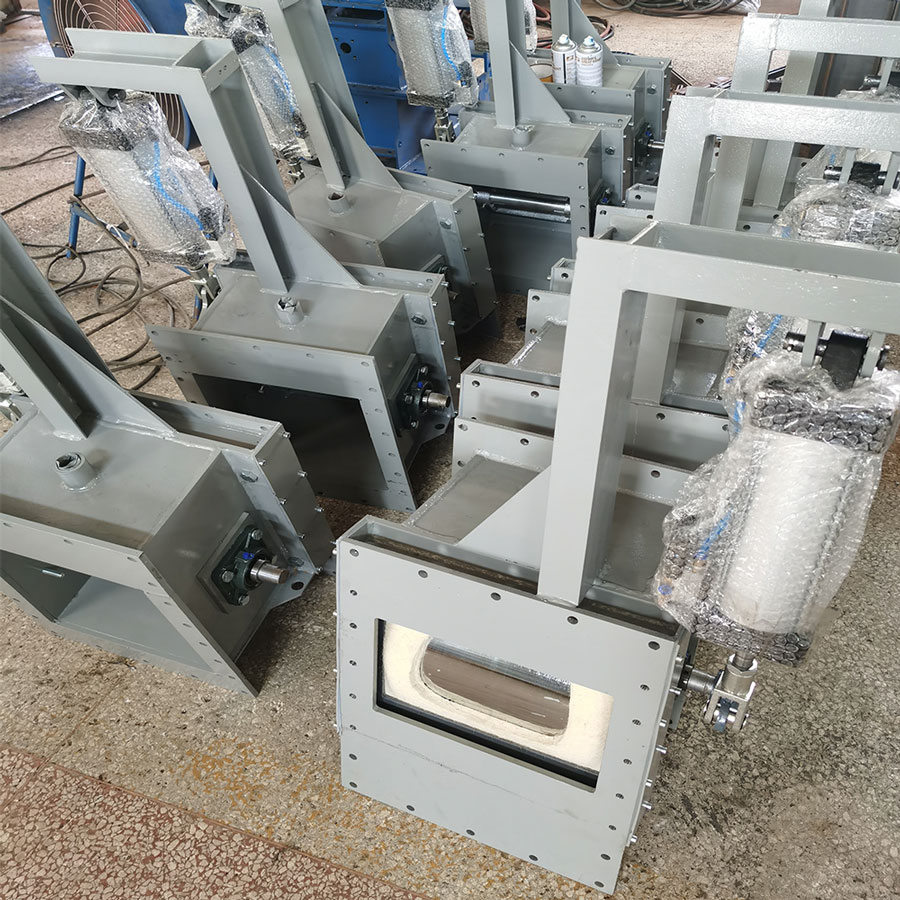The pneumatic Switch control gate is powered by a cylinder to achieve its switching function.
In terms of structure, there is no significant difference between the valve body of a pneumatic switching control gate and an electric switching control gate. The main difference lies in the different driving forces that push the slider in the valve body to change the valve position. The pneumatic switch control gate is driven by the control air in the air circuit (pipe) to the operating cylinder in the valve, which pushes the piston to move and drives the slider to change the valve position of the valve body; The electric flow control gate generates electromagnetic suction through the spiral coil to drive the slider to change the valve position of the valve body.
Due to the fact that the pneumatic switch control gate changes its position by controlling the air in its cylinder to form a certain pressure before pushing the piston and slider to change the valve position, the actual control speed is relatively slow, while the electric flow control gate generates suction force at a relatively fast speed. Therefore, from the perspective of working speed, the electric switch control gate operates faster.
In addition, the control signal connected to the pneumatic switch control gate is a pressure signal, which must be connected with a pipe and has a large volume; The control signal of electric switching valves is generally a current signal, which can be connected by wires, and there is no operating plunger, so the volume of electric flow control gate is smaller than that of pneumatic switch control gates.
Structural selection parameters


